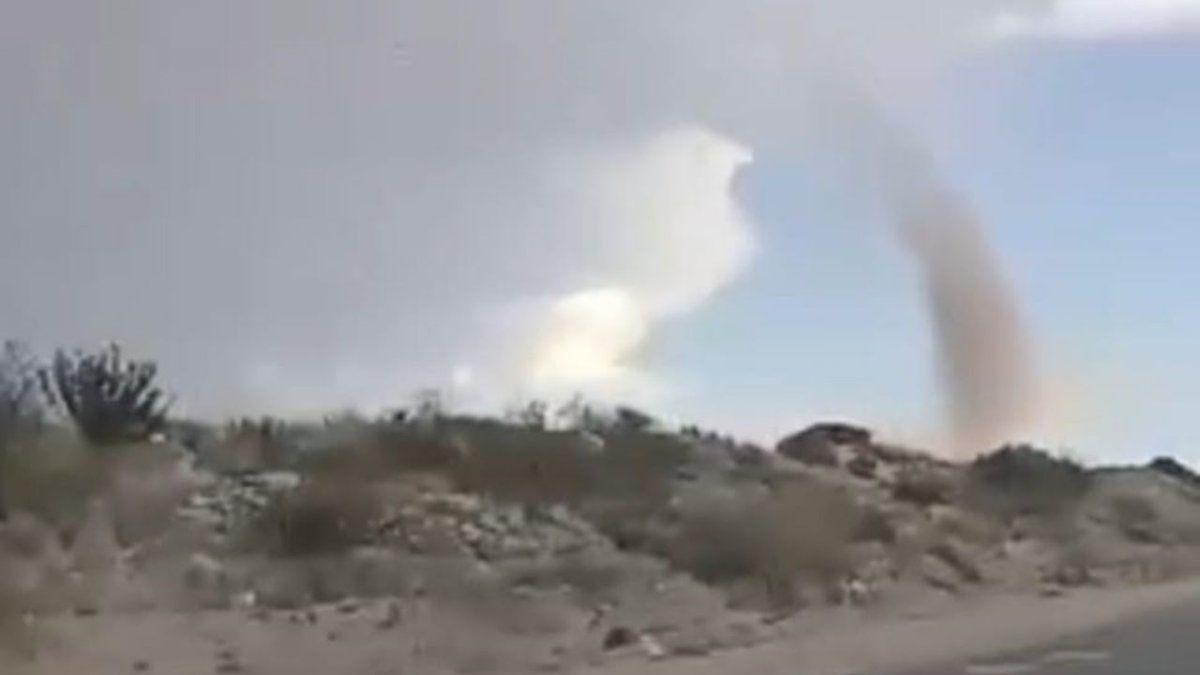The province of The Pampa was attacked by a powerful tornado during the afternoon of last Wednesday, after a weather alert. The episode took place in Puelenwhere the Pampas residents recorded everything in different videos.
The alert had also been announced in Mendoza, San Luis, Neuquén, Río Negro and the west of the province of Buenos Aires. However, the Pampas region was the one that had it the worst.
Furthermore, the phenomenon was not solitary, since it was accompanied by very intense storms, strong gusts of wind and even hail.
Puelén was not the only one affected by the worrying weather, since in other towns near Santa Rosaalso fell hail, stones and even a downpour in a short time. Likewise, No damage was reported in any of them. so far.
After the audiovisual broadcast, the region’s media reported how the tornado evolvedand calmed concerns by announcing that There were no fatalities or major damage.. They also confirmed that along with this phenomenon there were wind and rain meteors.
The images were captured by the inhabitants of a rural property known as Sitio “The Three Little Hills”which is located about 10 kilometers from Puelén.
Tornado in La Pampa 2
Residents of Puelén captured the moment of the Tornado.
How tornadoes form
Tornadoes, those towering twists of devastating force that amaze and terrify in equal measure, continue to be one of the most intriguing and dangerous weather phenomena on the planet. ¿How do these violent spirals originate? of wind and what elements unleash its destructive power?
Tornado formation is a complex process that depends on the interaction of multiple atmospheric factors.. Despite advances in understanding these phenomena, accurately predicting when and where a tornado will form remains a challenge.
Tornadoes form within severe storms known as supercells, which are individual, isolated storm clouds that exhibit persistent rotation. The formation of a tornado is a chaotic ballet of atmospheric elements at play.
A key ingredient is presence of warm, humid air at the surface and cold air in the upper layers of the atmosphere. This configuration creates instability, meaning that hot air has a tendency to rise quickly.
Source: Ambito




